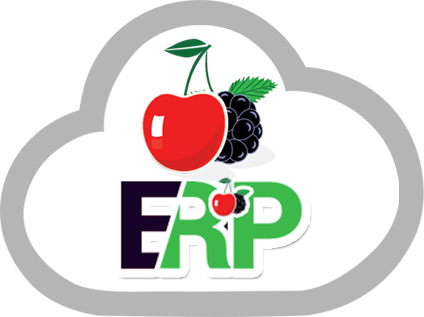How Payroll Software Solutions and Systems are Beneficial for Bussiness?
The goal of developing payroll management software systems is to streamline and automate the employee compensation process. These systems manage a number of functions, including processing salary payments, controlling deductions, reporting taxes, and guaranteeing regulatory compliance. It is one of the best software from new technology that is considered as accurate and most effective. This article delves into the intricacy of Payroll Software Solutions and Systems while examining their characteristics, advantages, and associated factors.
Benefits of Payroll Management Software
Efficiency Improvements
By streamlining previously manual processes, payroll software systems significantly reduce the number of workers and consumption of time also minimise that is required to manage payroll. The HR specialist can now concentrate on strategic projects that will increase the company’s productivity.
Accuracy
Inaccurate and inconsistent payroll processing can lead to substantial fines, furious employees, and refunds. Payroll software systems reduce this risk by ensuring precise calculations and adherence to labour and tax regulations.
Cost Savings
The upfront cost of implementing payroll management software may be substantial, but the subsequent cost savings over time outweigh this initial investment. Businesses can achieve cost savings and minimise issues by decreasing reliance on human processing and enhancing the probability of accurate processing.
Data Security
Payroll management relies heavily on data security because it handles sensitive data, such as social security numbers and salary information. Payroll software solutions and systems use strong safety measures like encryption and access controls to prevent security lapses and unwanted access to data that is quite confidential.
Scalability
As companies expand, the demand for payroll services increases. Payroll software systems possess inherent scalability, enabling companies to easily adjust to evolving labour dynamics. These systems are capable of handling the increased demand that results from growing the workforce or breaking into new markets.
Record-keeping
Payroll management software keeps the whole records of payments of workers, and taxes related to them and manages the attendance, which improves the record with precision and effectiveness.
Key Considerations when choosing Payroll Software
Compliance and Legality
Check that the program can adapt to new tax and labor rules. Try to find tools that can do things like automatically file taxes, create forms, and notify you when you’re not in compliance.
Safety Check
See how well the payroll software solutions and systems protect sensitive information. It consists of controls on access, encryption of information, and adherence to data protection laws like the CCPA and GDPR. Perform recurring security assessments to guarantee adherence.
Integration Capabilities
Make sure the software can easily interface with your current finance, human resources, and time management systems by looking at its integration capabilities. To maintain consistency of data and efficient operations the most important thing is Integration capabilities.
Cost-Effectiveness
Consider the total cost of ownership, taking into account setup, subscription, and any additional expenses for updates, support, and features. Be sure to check the price of the software to ensure that it is within your budget and provides a good value.
Challenges and Considerations
User Experience and Training
Consider the user’s experience and training needs when selecting payroll software solutions and systems. Make sure your team can easily adopt the system by checking the availability of training materials like tutorials, documentation, and customer support.
Customisation Options
Think about the software’s personalisation options. Verify that it can be modified to fit your particular payroll requirements and to accommodate any unusual payroll policies or structures.
Choose a payroll system that can grow with your company. Verify that it can manage a growing workforce, numerous sites, and future expansion without sacrificing performance.
Reputation of Vendors
Read reviews to get a feel for the payroll software provider. Examine customer reviews, reports, and suggestions to gain an understanding of the software’s functionality. The likelihood of locating what you’re looking for increases when you purchase from a reputable seller with a solid customer base.
User Friendly and Training
Appropriate training for users is necessary for the efficient use of payroll software solutions and systems. But not every payroll software program is as simple to use or intuitive as another. Complicated features and interfaces can cause mistakes and confusion, especially for non-techies. Companies need to spend money on thorough training courses to make sure staff members know how to utilise the software properly. Furthermore, resources and continuous support ought to be offered to handle any problems or inquiries.
Compliance
Keeping up with the constantly evolving tax, workers, and regulatory laws is one of the greatest obstacles for payroll management software in terms of compliance. To be accurate, these systems need to compute deductions, losses, and taxes by all local, state, and federal laws.
Conclusion
Payroll software solutions and systems represent a sea change in how companies control their employees’ activities. These systems are now essential resources for contemporary businesses because they automate payroll procedures, guarantee accuracy and compliance, and provide scalability and cost savings. Adopting cutting-edge technologies, such as payroll software systems, will be essential for businesses to stay competitive in the dynamic field of human resource management as they continue to grow.
